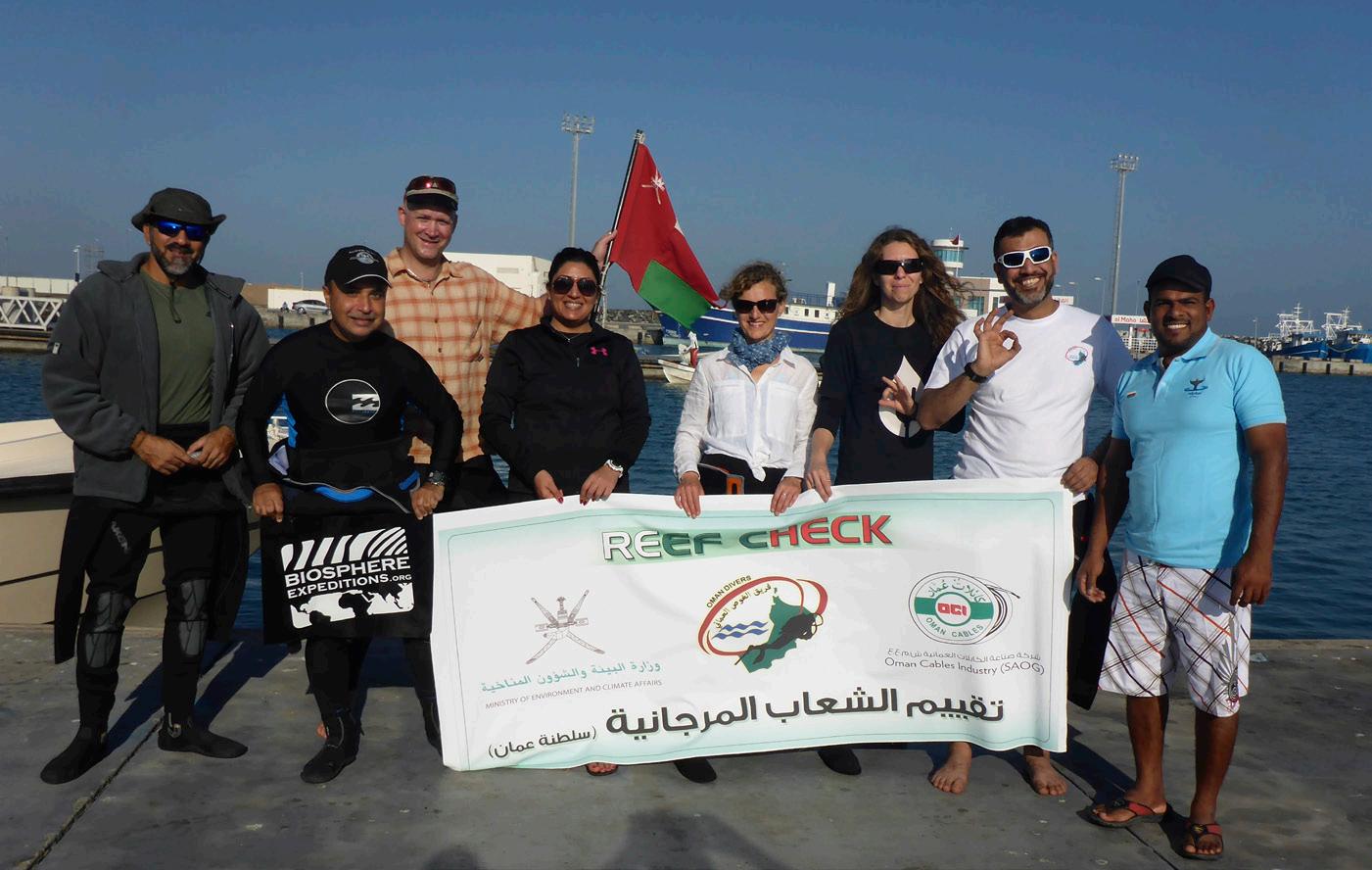KIDS CORNER
AN UNDERWATER PHOTOGRAPH STORY BY
PATRICK VAN HOESERLANDE
In addition to diving, Skubba and Fred learned about other things you could do underwater. They learned to search for and recognise fish, other underwater animals, and plants. Skubba sometimes had a waterproof identification card with him while diving. The pictures on that card enabled him to quickly recognise what he saw underwater. Sometimes, he carried a waterproof writing tablet where he could sketch fish he saw with a pencil. After the dive, he and Fred could look up the plant or fish in a special book. However, the more he dived, the better he was becoming at recognising things without those tools. Nella told them there was still another technique they could use to make identifications, and that they would get to try it out today. Someone new was stood with the other dive instructors. During the briefing, Nella introduced him to the whole group. “Good afternoon everyone, this is Edwin. Today, Edwin is going to talk to us about underwater photography,” Nella said. She gave Fred a camera in a large plastic box. He looked at it for a moment and quickly turned his attention to the device that lay at Edwin’s feet. It was much larger than the camera he was passing around, and it had two long, movable arms with large lights on it. That thing was much more interesting. Edwin explained how to take photographs underwater and what they should pay attention to, to take good pictures. It turned out to be much more difficult than above water. You could not move, not only would you chase the fish away, but you would also stir up silt. When you pressed the button, you had to make sure that you did not exhale, otherwise, you would get bubbles in front of your lens. You also had to ensure good lighting because colours change underwater. For example, red slowly turns into brown the deeper you get when 22
DIVERS FOR THE ENVIRONMENT | DECEMBER 2020
ILLUSTRATION
PETER BOSTEELS
you dive. That is why Edwin brought those two big lights. They listened to everything he explained very attentively. Fred wanted to know everything about the camera’s buttons and dials. Today Edwin would dive with this large piece of equipment and show everyone how to take good pictures underwater. “From today, you will be allowed to dive one by one with the small camera and take photographs yourselves. You will get to take up to a dozen pictures and in doing so, you will earn your Underwater Photographer qualification.” Edwin also told them that if they sent him their photos, he would take the time to look at each of them and tell them how they could take better pictures. Everyone loved that idea. Skubba was the second to dive with the small camera. He managed to find fish, and with great patience he took his first photographs. They came across an animal he did not recognise which was not on his waterproof ID card. His dive leader signalled to take a photo of it so they could find out what it was when they got back up to the surface. What a clever idea! When they surfaced again, Skubba saw Fred talking to a lady with an even bigger device with even bigger lights attached to it. The woman, Alexandra, would be filming underwater. She was busy making a real underwater movie. Wow, just like the old dive films of Cousteau that Skubba used to watch a lot. While Fred asked hundreds of questions, Skubba realised that he did not find talking about filming very interesting. You could not stick a movie in your logbook. You could with a photograph though!













